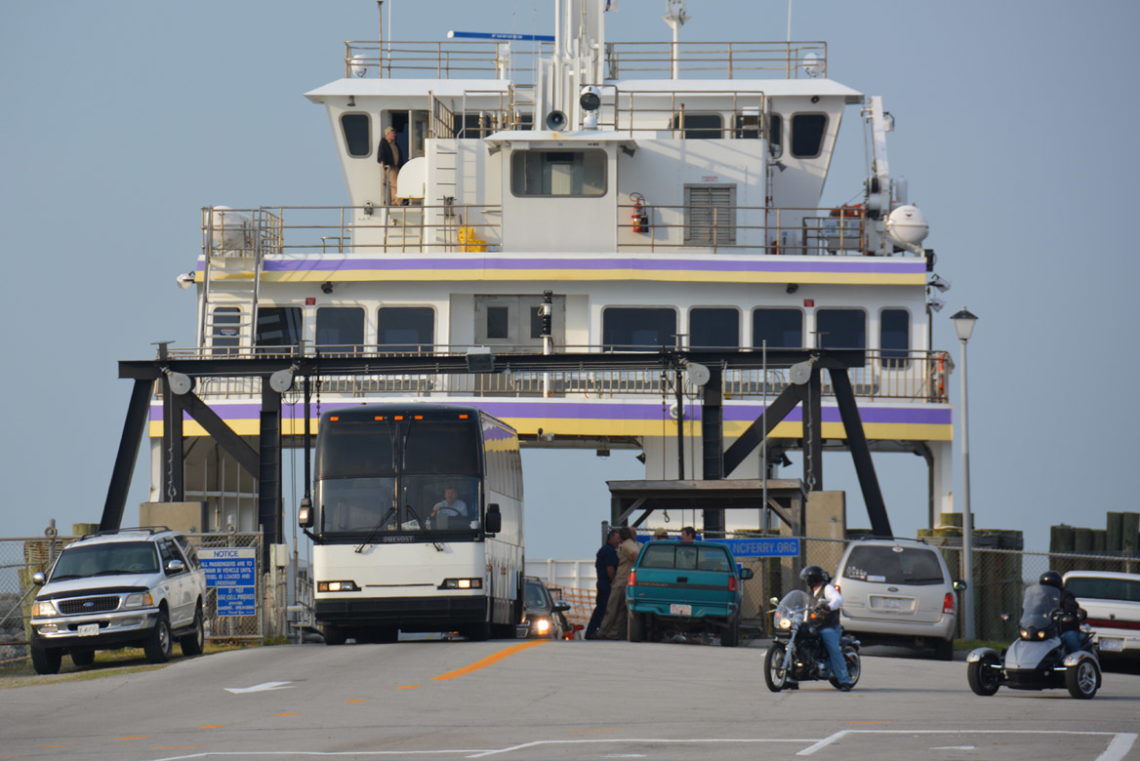This report leverages a broad array of available data and information
sources to identify and measure how enhanced transit and multimodal connections
at ferry terminals in North Carolina may lead to operational efficiencies and
wider community benefits.
Through multiple study methods, this report
identifies and summarizes studies related to ferry access improvement
approaches and evaluation methods, evaluates the content and quality of 23
existing plans in North Carolina in relation to ferry access improvement goals
and other metrics, summarizes lessons learned from interviewing peer ferry
systems, and describes a geospatial analysis conducted around NC ferry
terminals to define and assess 15- and 30-minute walksheds at each terminal.

This report also provides tools for state and/or local agencies to conduct additional community engagement activities, including an approach and survey materials to deploy a travel demand survey, to gather broader feedback from people living in and visiting these coastal communities.
A compendium Planning Opportunities document prepared as part of this research project offers recommendations and a prioritization framework for short- and long-range actions that would maximize the benefits of enhancing multimodal connectivity with the NC ferry system and describes the existing health, access, and travel conditions in these coastal communities.
